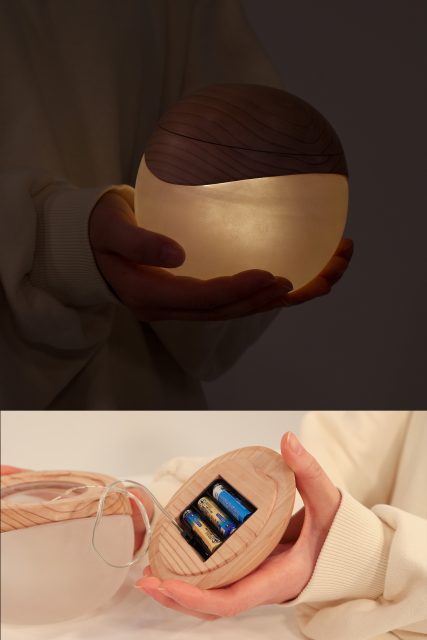
[Award: 2024 19th Student Interior Design Contest ] Industrial Design Course Students Win Awards
2024.04.23
Awards

We have been informed that the TOEFL iBT test scheduled to be held at the Tenjin Test Center in Fukuoka on or …

Please check the details from the link below.
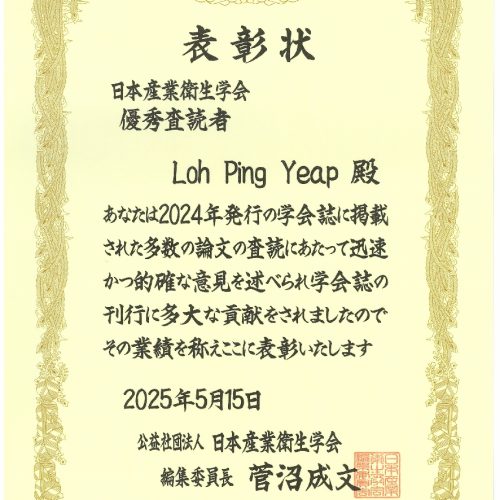
Assistant Professor Loh Ping Yeap received the Outstanding Reviewer Award 2024 for his significant contributio…

We offer public lectures and lectures for high schools on various design topics to educate the public about th…
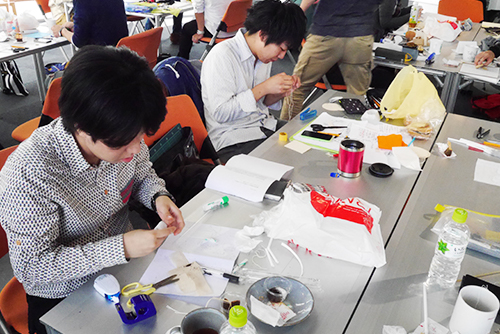
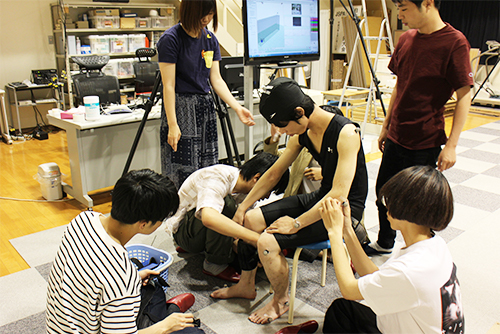
This course fosters designers and researchers in general, including creators, planners, and engineers, who understand various aspects of human characteristics based on their connection with society to create safe, secure, and attractive "products," "living environments," "services," and "social systems" equipped with a new bird's-eye view from the consumer's perspective.
To this end, the curriculum is structured to systematize the theory and methodology of design for social implementation based on multiple perspectives, including sensibility, engineering, and science. The educational structure comprises lectures and exercises that complement each other to deepen studentsʼ understanding and equip them with knowledge and skills. Specifically, the curriculum is designed based on a core of creative design and ergonomics, which are the specialization foundation for a wide range of theories and practices and can be structured according to the interests and aspirations of students.
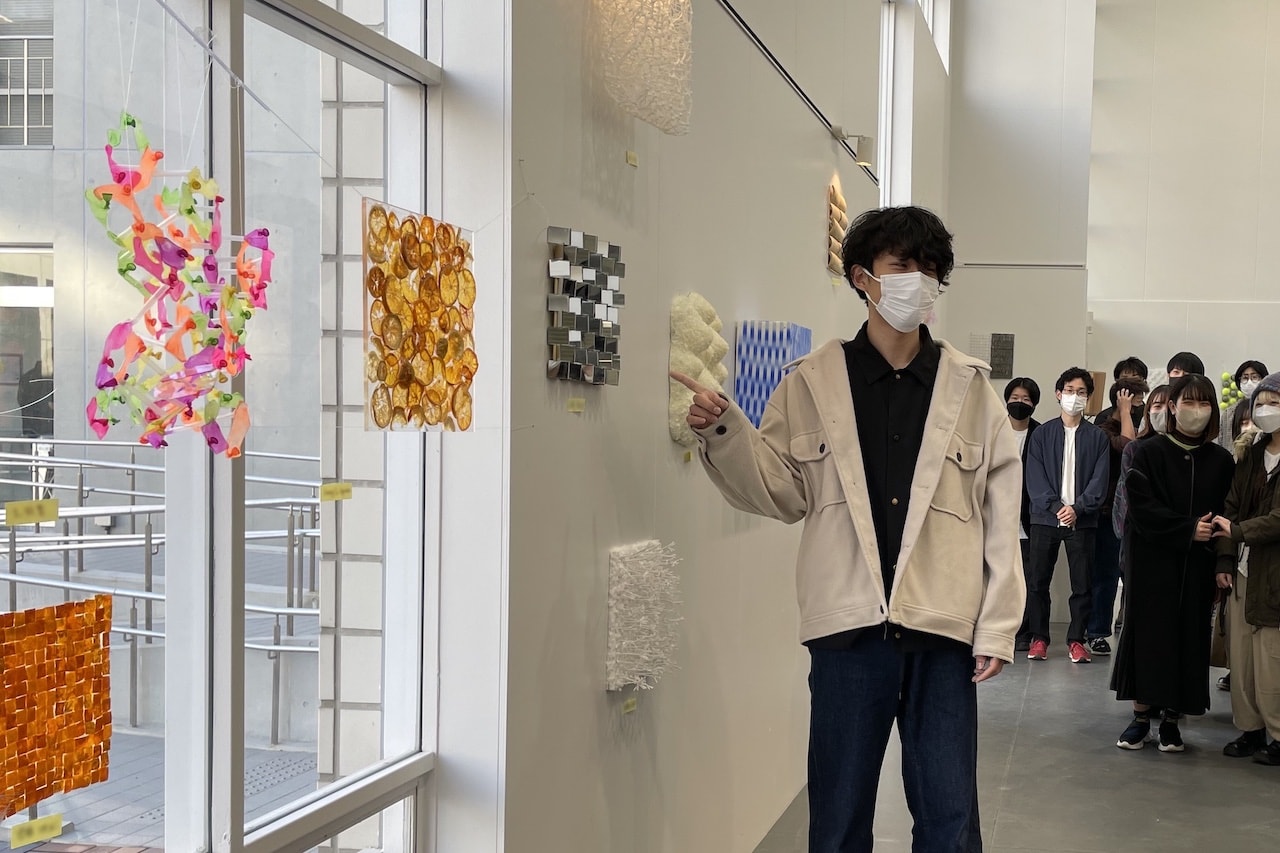
·Product Design · Lifescape Design · Social Design
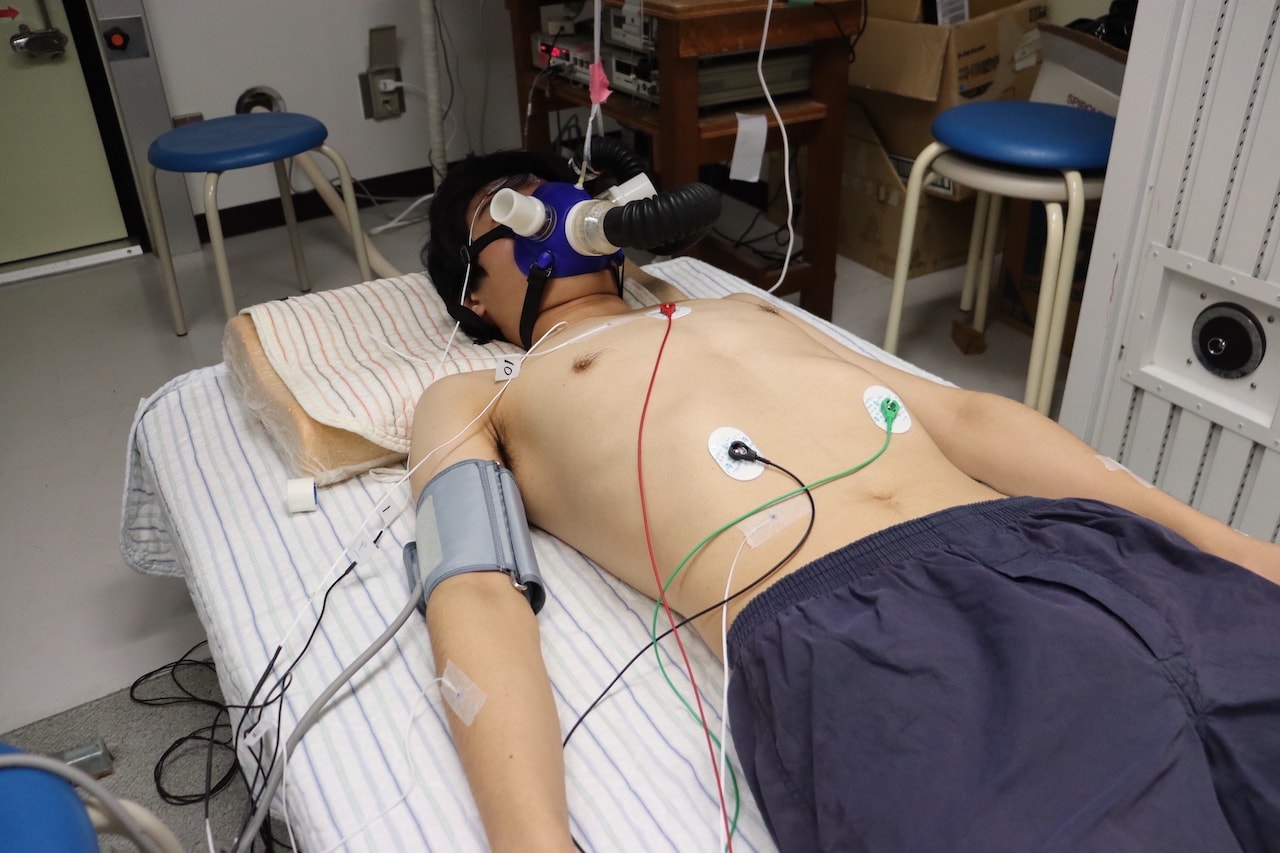
· Kansei Science · Physiological Anthropology · Ergonomics for All Ages and Abilities
1 st year
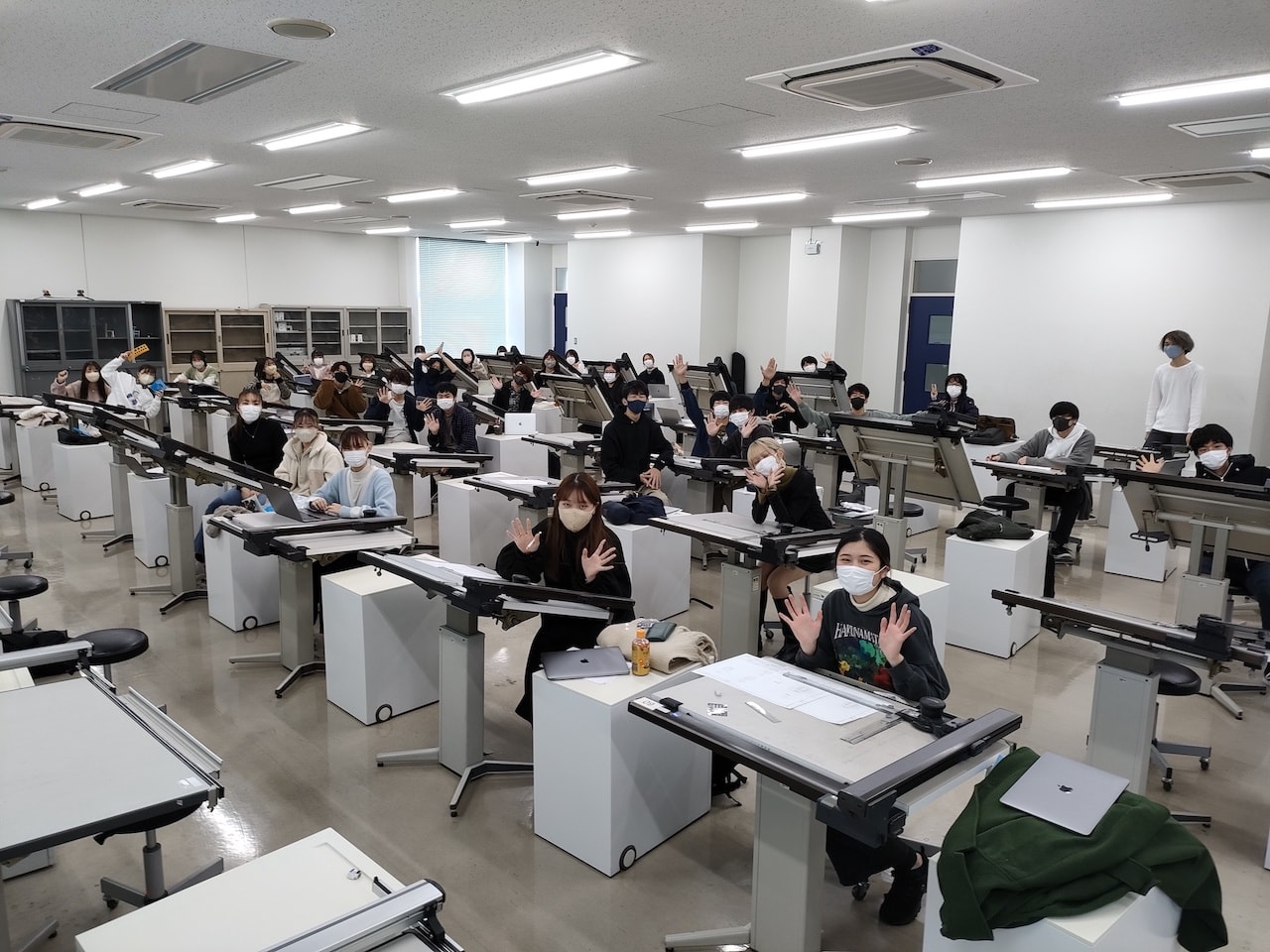
Through KIKAN Education, students will acquire the "way of seeing, thinking, and learning," which is fundamental to creating new knowledge and skills and solving problems, as well as learning the basics of creative design and Human Factors and Ergonomics as an introduction to specialized education. It enables students to rethink things from new perspectives and make it a habit of asking questions to challenge issues.
2 nd year
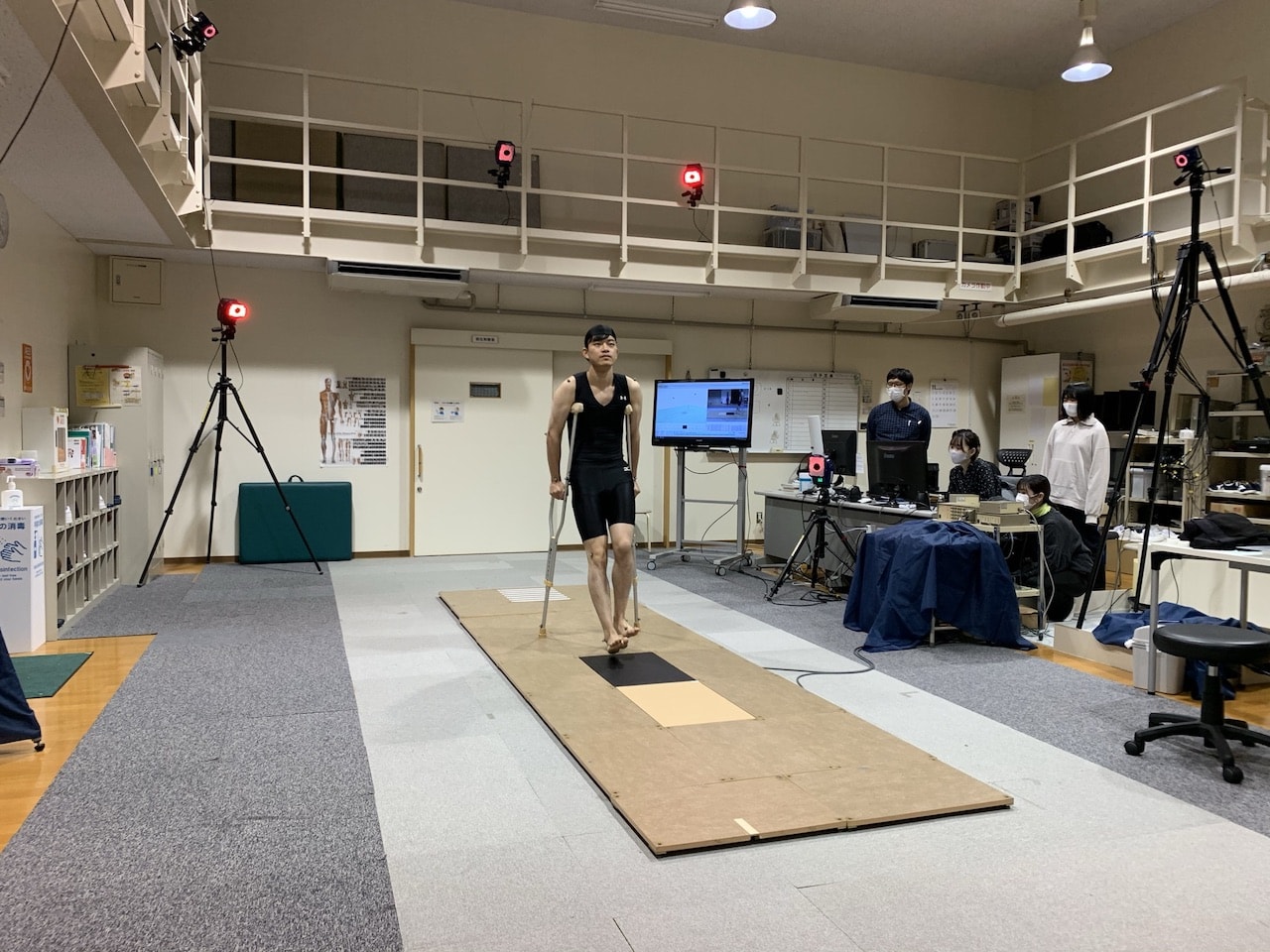
Students will acquire specialized knowledge and methods of industrial design. In lectures, students will deepen their understanding of design practices and processes, Human Factors and Ergonomics knowledge for designing products and environments, and knowledge of engineering disciplines, while in practice, students experience experimental methods and design processes. Students can also take subjects from other courses’ Depth and Breadth Electives. International program are also available.
3 rd year
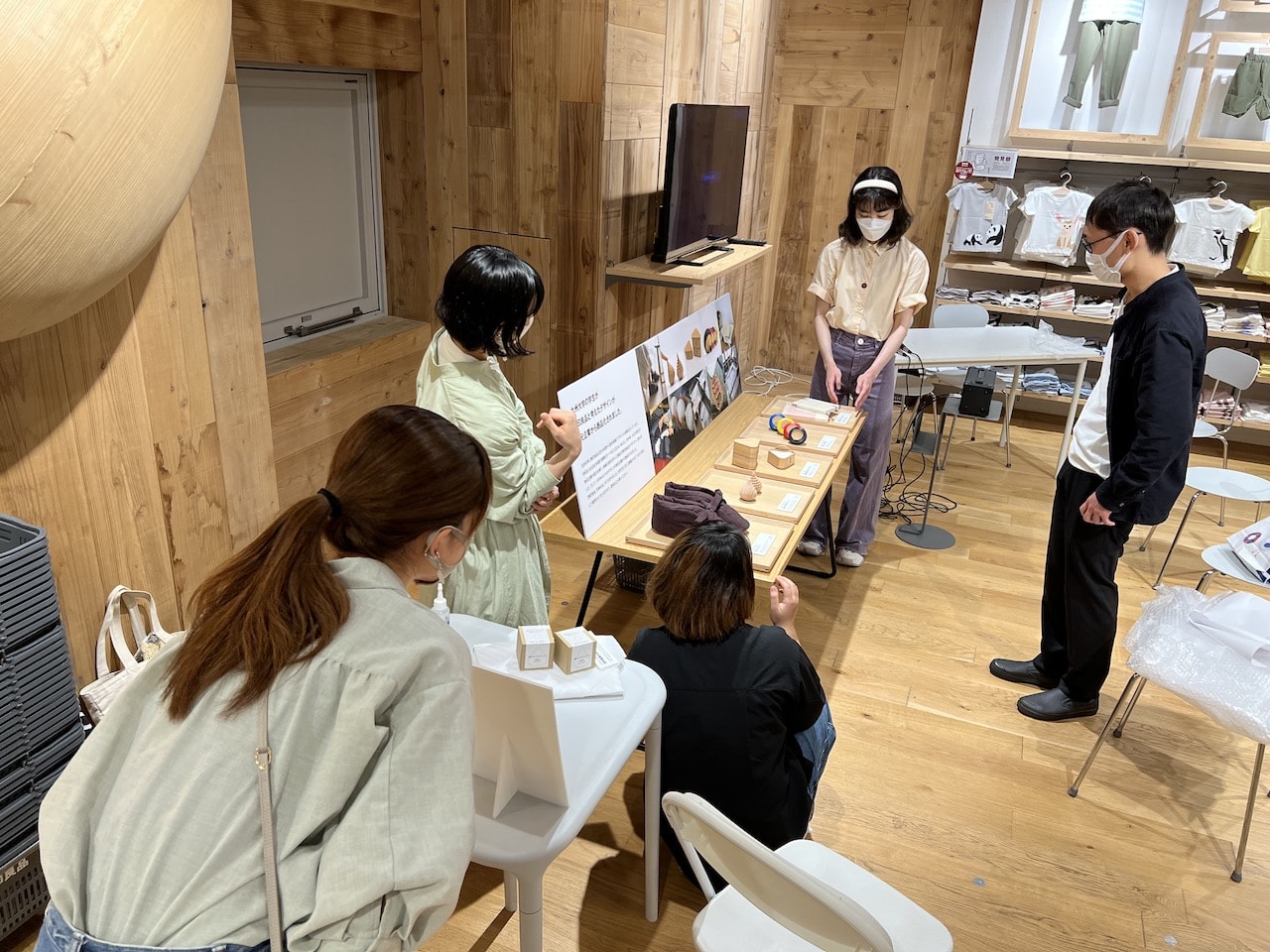
Students will deepen the specialized knowledge acquired by the second year and learn practical methods and techniques to utilize such knowledge and theories in specific planning and design. Students will be able to develop a wide range of expertise and use appropriate methods for planning and designing to solve specific problems. Students can also take Transdisciplinary Projects in which they work on a complex problem with students from other courses.
4 th year
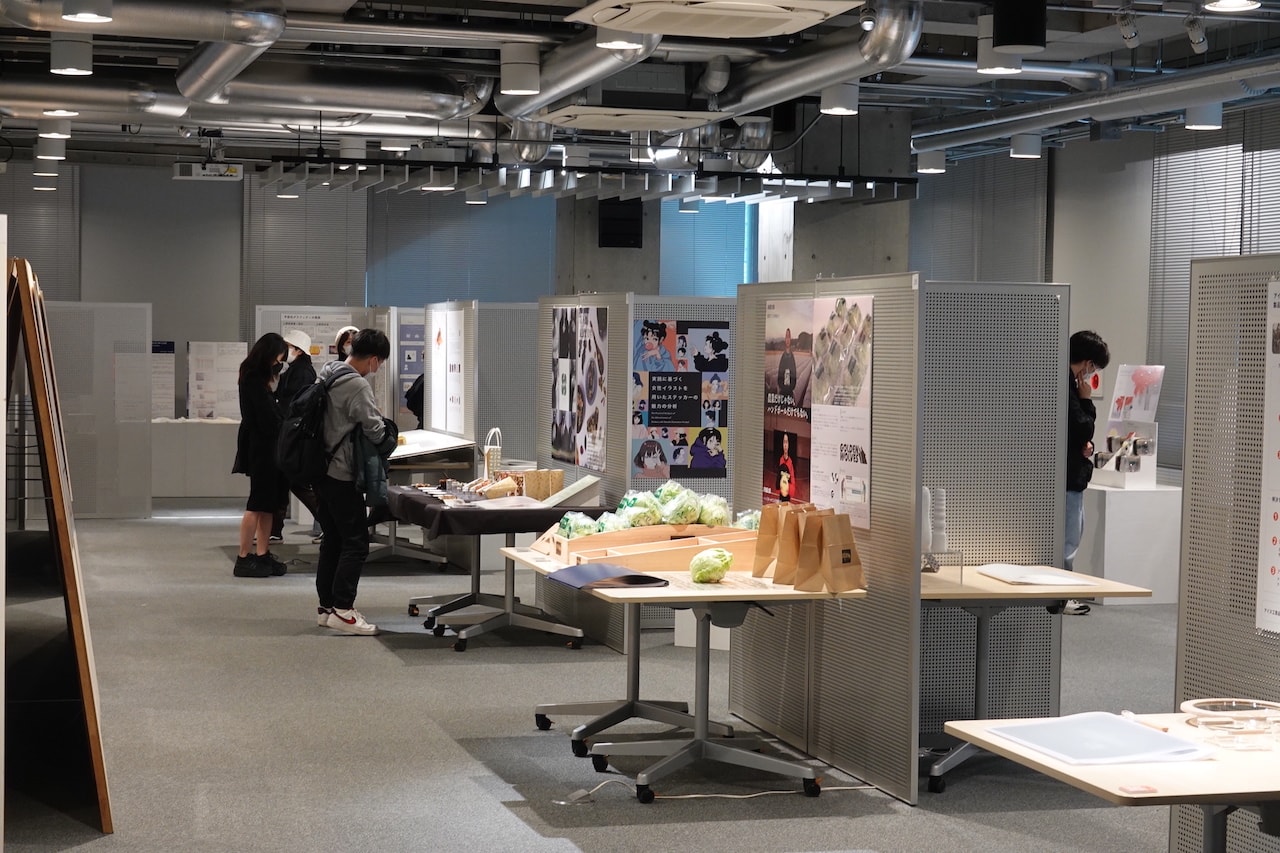
Students will work on more practical and advanced problem-solving by comprehensively relating the knowledge obtained in each field. Students are assigned to each laboratory, where they set their own research themes, delve deeply into them, and bring them to fruition in their Senior Project as the conclusion of their four years of academic studies. Senior Project can also be conducted in the laboratories of other courses if certain conditions are met, such as research content and grades.
| Name | Position | Field of Specialization |
|---|---|---|
| FUJI Tomoaki | Professor | Machine Design |
| HIGUCHI Shigekazu | Professor | Physiological Anthropology, Chronobiology, Sleep Science, Kansei Science |
| HIRAI Yasuyuki | Professor | Interior Design, Office Design, Interior Product Design, Inclusive Design |
| MAEDA Takafumi | Professor | Physiological Anthropology, Environmental Ergonomics, Thermal Physiology |
| MATSUMAE Akane | Professor | Social Psychology, Creativity, Participatory Design, Relationship Design, Social Innovation |
| MURAKI Satoshi | Professor | Ergonomics for All Ages and Abilities |
| SARANTOU Melanie | Professor | Strategic Design, Social Design |
| SUGIMOTO Yoshitaka | Professor | Product Design, Industrial Design |
| TAMURA Ryoichi | Professor | Design Systems, Design Management |
| AKITA Naoshige | Associate Professor | Interior Design, Interior Product Design, Science of Design, Inclusive Design |
| KATSUMURA Takafumi | Associate Professor | Molecular anthropology, Evolutionary biology, Experimental population genetics |
| NISHIMURA Takayuki | Associate Professor | Physiological Anthropology |
| SAITO Kazuya | Associate Professor | Digital Fabrication, Mechanical Engineering |
| SAITO Toshifumi | Associate Professor | Creative Direction, Art Direction, Advertising Design, Museum Design |
| SOGABE Haruka | Associate Professor | Design Process, Sign Design, Public Space Design |
| ZHANG Yanfang | Associate Professor | Universal Design, Social Design |
| HAYAMA Yasuyuki | Assistant Professor | Product Service System Design (PSSD), Design Driven Innovation, Design for Sustainability Transitions |
| LOH Ping Yeap | Assistant Professor | Physical Ergonomics, Occupational Therapy |
| MOTOMURA Yuki | Assistant Professor | Physiological Anthropology, Kansei science, Psychophysiology |
| NISHIMURA Eigo | Assistant Professor | Behavioral Analysis |
| SAKOTSUBO Tomohiro | Assistant Professor | Public Transportation Design, Product Design, Industrial Design |
| SAWAI Kenichi | Assistant Professor | Mathematical Engineering, Mathematical Modeling of Perception |